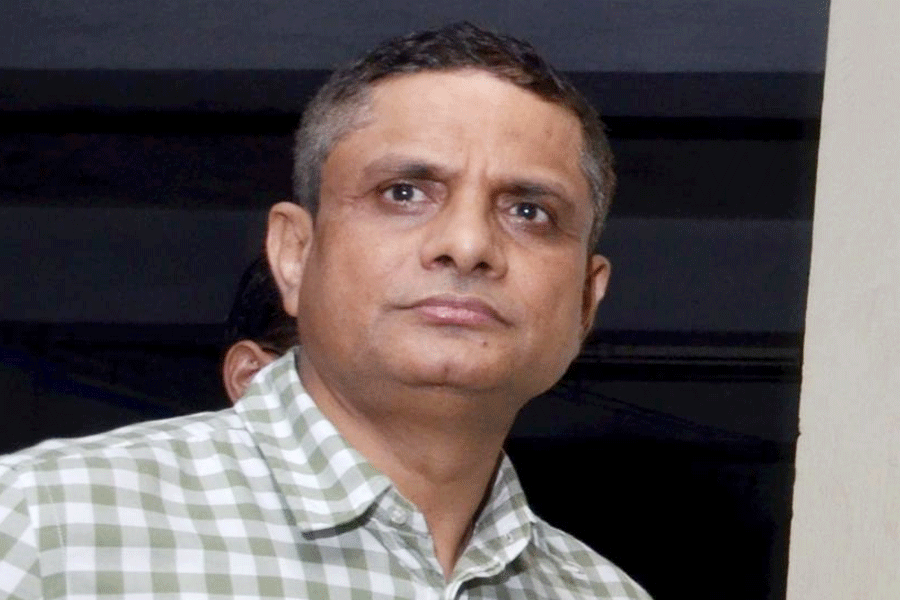The tea industry in north Bengal resumed its journey towards production on Monday as workers turned up in 70 per cent of plantations even as confusion prevailed on whether the estates could be operated with 25 per cent of labourers as stipulated by the state government to ensure social distancing.
On Saturday, the Mamata Banerjee government — following pleas from planters — announced that tea gardens could start operations with 25 per cent of workers though the Centre had given the go-ahead for the resumption of production with 50 per cent of labourers.
On Sunday, which is a holiday in tea gardens, workers of Chamong Tee group — the largest group in the Darjeeling Tea industry with 13 gardens — had joined work. On Monday, many gardens in north Bengal witnessed similar scenes.
The question, however, was whether 25 per cent workforce was enough to carry out plucking of tea leaves and processing.
The gardens are to produce premium first flush which accounts for 20 per cent of the total annual production but contributes to “nearly 40 per cent” of the annual revenue.
“Everyday is of immense importance for the first flush,” said a planter.
“We need to change our usual pattern of operations as the state has put a rider that maximum 25 per cent of the workforce can be engaged at a time,” said Bijoygopal Chakraborty, the secretary of the Jalpaiguri District Small Tea Growers’ Association.
There are nearly 300 tea gardens in north Bengal which together engage around 3 lakh worker .
Apart from established gardens, north Bengal has around 50,000 small tea growers and 175 bought-leaf factories.
On Monday, representatives of small tea growers and BLFs, along with some trade union leaders, met the district magistrate in Jalpaiguri and informed him how they intended to carry out their activities.
According to Chakraborty, they used to engage workers for plucking in two shifts, that is, from 7am to 11am and again from 12pm to 3pm. But now that less number of workers have been allowed, they will pluck leaves from 7am to 12pm. “Each worker will be provided with gloves, masks, hand sanitizers and soaps as they join their duties. The tealeaves have to be sent to BLFs latest by 3pm. Also, precautions would be taken while weighing and loading the tealeaves and even during disbursal of wages,” said Chakraborty.
Tea planters in north Bengal also referred to Assam where 50 per cent of the workers have been allowed as advised by the Centre.
“When we were closed, Temi Tea, the only garden in Sikkim, was operating,” pointed out a planter.
All unions of tea garden workers said they were against the reopening of the estates but everyone ended blaming the opposite group as per their political convenience.
“The Centre and the state have played around, this is questionable. However, I, cannot tell the workers not to go (to work) as the big unions have not spoken. Looks like 100 per cent of the workers will be utilised by the management in due course…..If the big unions are in the process of being involved in the opening of gardens , we can do little,” said Suraj Pathak, a leader of the Joint Forum.
The forum is a conglomeration of over 23 trade unions of tea estate workers.










